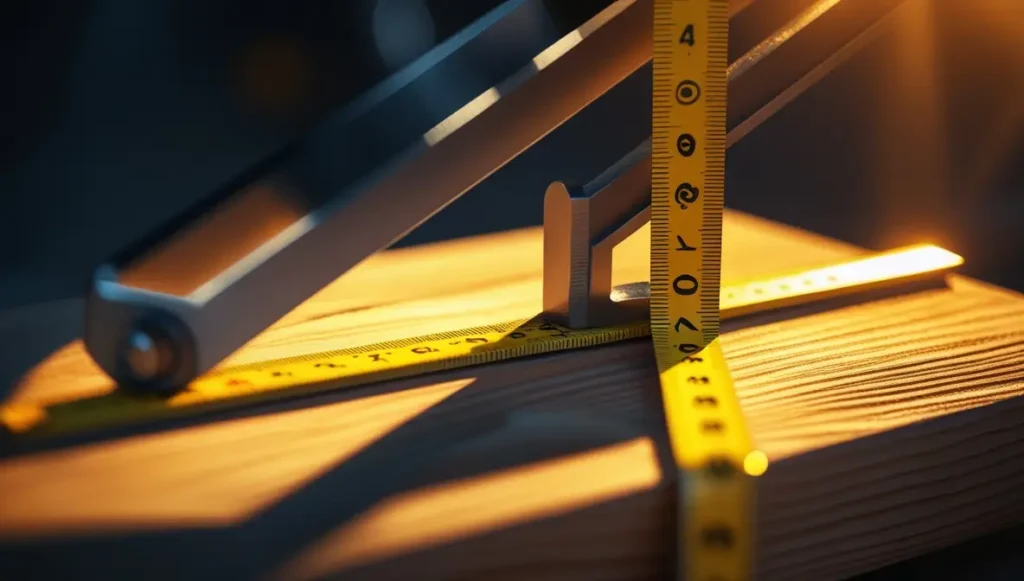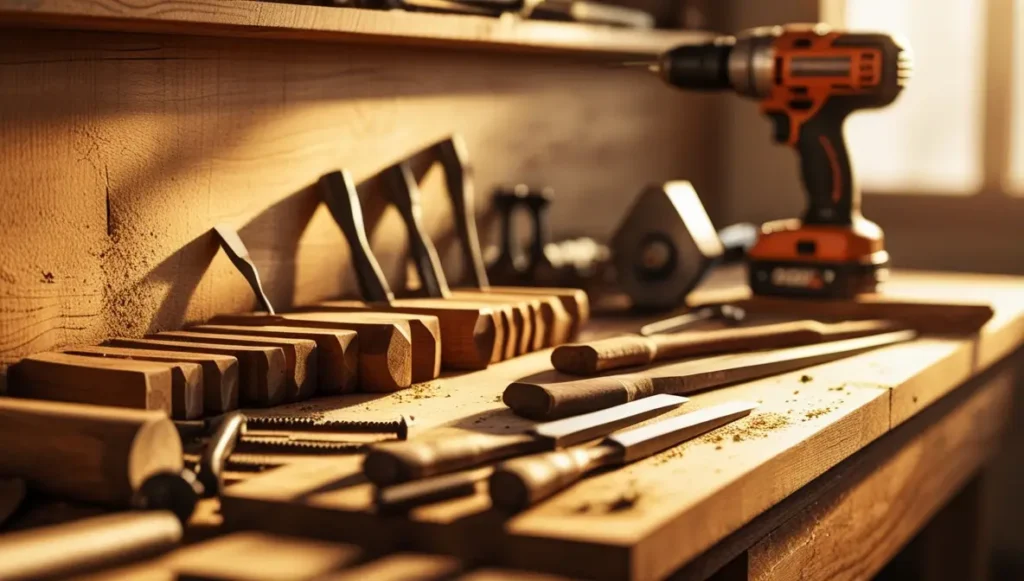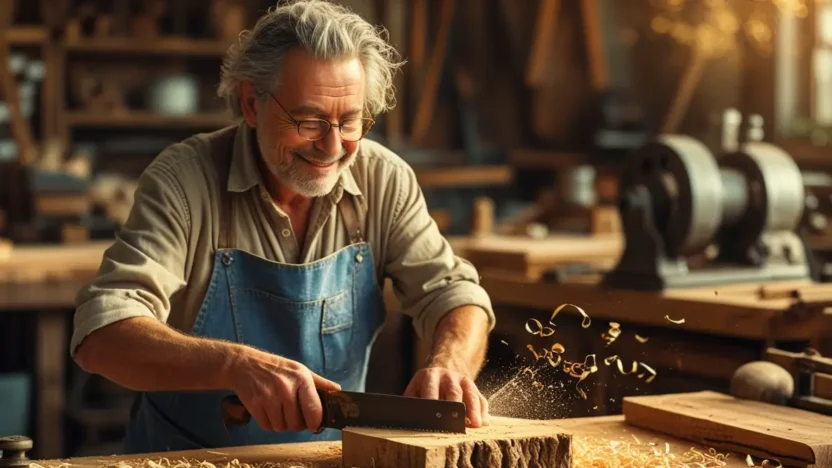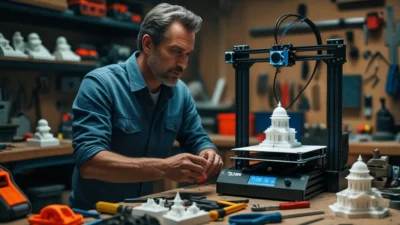Woodworking is a rewarding hobby that combines creativity, skill, and craftsmanship. whether you’re building furniture, crafting decorative items, or tackling home repairs, having the right tools is essential for success. in this guide, we’ll explore the must-have tools for woodworking, along with tips to help you get started.
Why Are the Right Tools Important for Woodworking?
Using the correct tools ensures precision, safety, and efficiency in your projects. while advanced tools can enhance your capabilities, beginners can start with a basic set of essentials. understanding each tool’s purpose helps you work smarter and achieve better results.
Benefits of Having the Right Tools
- Precision: Accurate cuts and measurements lead to professional-quality results.
- Safety: Proper tools reduce the risk of accidents and injuries.
- Efficiency: The right equipment speeds up tasks and minimizes frustration.
- Versatility: A well-rounded toolkit allows you to tackle a variety of projects.
“the right tools turn raw wood into works of art—start with the basics and grow from there.”
Essential Hand Tools for Woodworking
Hand tools are the foundation of any woodworking setup. they’re portable, affordable, and perfect for beginners.
1. Measuring and Marking Tools
Accurate measurements are critical for successful woodworking projects. these tools ensure your cuts and joints align perfectly.
Must-Have Measuring Tools
- Tape Measure: For measuring lengths and widths.
- Combination Square: Checks angles and marks straight lines.
- Marking Gauge: Scribes lines for precise cuts or joints.

2. Cutting Tools
Cutting tools shape and refine wood pieces. they’re versatile and essential for most projects.
Basic Cutting Tools
- Hand Saw: Ideal for straight cuts and trimming.
- Coping Saw: Perfect for curved cuts and intricate designs.
- Utility Knife: For scoring, trimming, and fine adjustments.
3. Hammer and Nails
A hammer is indispensable for assembling pieces and driving nails or staples.
Recommended Hammers
- Claw Hammer: Versatile for driving and removing nails.
- Ball-Peen Hammer: Useful for metalwork or shaping materials.
4. Screwdrivers and Fasteners
Screwdrivers secure joints and assemble components without damaging the wood.
Types of Screwdrivers
- Flathead Screwdriver: For slotted screws.
- Phillips Screwdriver: For cross-head screws.
- Multi-Bit Screwdriver: Adjustable for different screw types.
5. Chisels
Chisels carve and shape wood, especially for joinery and detailed work.
Tips for Using Chisels
- Keep edges sharp for clean cuts.
- Use a mallet for controlled force when carving.
6. Planes
Planes smooth and level wood surfaces, creating a polished finish.
Common Types of Planes
- Jack Plane: For general smoothing and leveling.
- Block Plane: Ideal for small projects and edges.

Essential Power Tools for Woodworking
Power tools increase efficiency and allow you to tackle larger or more complex projects. they’re worth investing in as you advance.
1. Circular Saw
A circular saw makes straight cuts quickly and accurately, especially for large pieces of wood.
Tips for Using a Circular Saw
- Use a guide or straight edge for precision.
- Wear safety goggles to protect against sawdust.
2. Jigsaw
Jigsaws are perfect for cutting curves, shapes, and intricate patterns in wood.
Advantages of a Jigsaw
- Versatile for both straight and curved cuts.
- Easy to handle for beginners.
3. Drill and Driver
A power drill is essential for drilling holes and driving screws efficiently.
Features to Look For
- Variable speed settings for control.
- Reversible function for removing screws.
4. Random Orbital Sander
Sanding smooths rough surfaces and prepares wood for finishing.
Benefits of a Random Orbital Sander
- Reduces swirl marks compared to traditional sanders.
- Speeds up the sanding process significantly.
5. Router
Routers hollow out areas or create decorative edges on wood pieces.
Uses for a Router
- Adding profiles to edges (e.g., round-over or chamfer).
- Creating dadoes, rabbets, or mortises for joinery.
Safety Gear for Woodworking
Safety should always come first when working with tools. proper gear protects you from injuries and ensures a safe workspace.
Must-Have Safety Gear
- Safety Glasses: Protect your eyes from dust and debris.
- Hearing Protection: Earplugs or earmuffs block loud noise from power tools.
- Dust Mask or Respirator: Prevents inhalation of sawdust and particles.
- Work Gloves: Provide grip and protect hands during heavy tasks.
How to Set Up Your Woodworking Space
A well-organized workspace enhances productivity and safety. here’s how to create an efficient setup.
1. Choose the Right Workbench
A sturdy workbench is the heart of your woodworking space. look for one with storage drawers or shelves.
2. Organize Tools and Materials
Keep tools within reach and store them properly to prevent damage or loss. use wall pegboards or toolboxes for organization.
3. Ensure Proper Lighting and Ventilation
Good lighting reduces errors, and ventilation keeps the air fresh and free of dust.
Frequently Asked Questions About Woodworking Tools
What Tools Should Beginners Start With?
Beginners should start with a tape measure, hand saw, hammer, chisel set, and a basic power drill. these tools cover most fundamental tasks.
How Do I Maintain My Tools?
Clean tools after use, sharpen blades regularly, and store them in a dry place to prevent rust or damage.
Can I Use Hand Tools Instead of Power Tools?
Yes, hand tools are sufficient for many projects, especially smaller ones. they also improve precision and control.
What Is the Best Way to Learn Woodworking?
Take online courses, watch tutorials, or join local workshops. practice simple projects to build confidence and skills.



